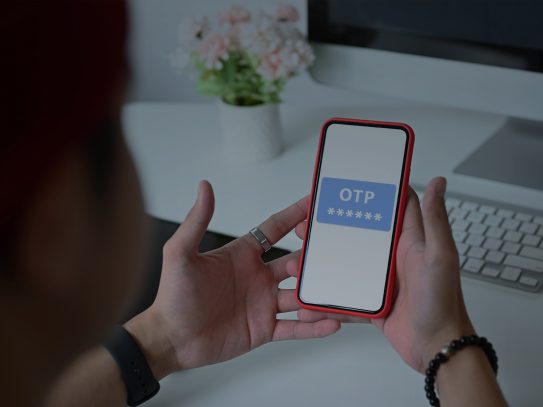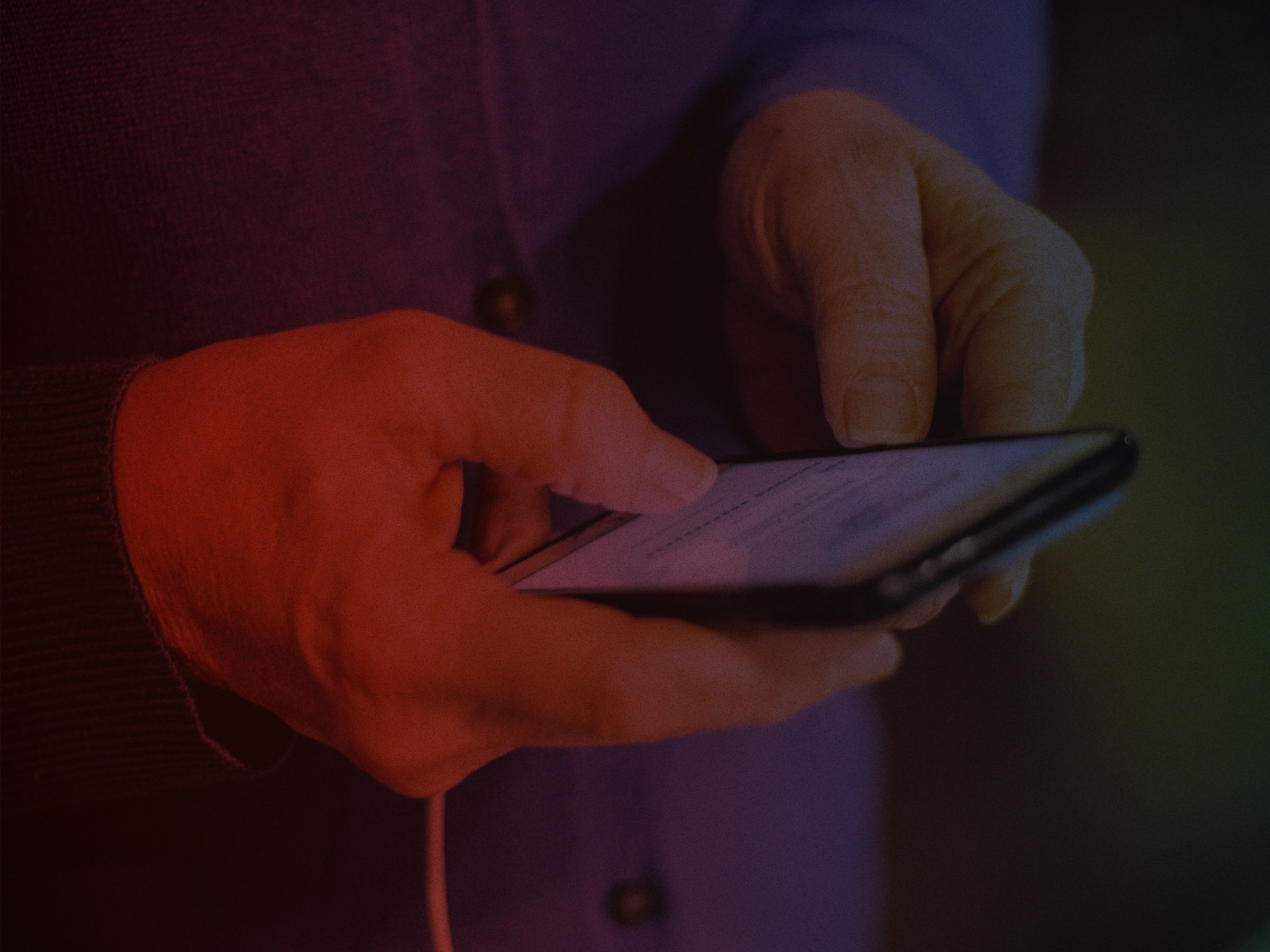Your inbox could have scam threats that look just like legitimate emails from your bank and other service providers, called phishing. They will tell you to provide your personal information or log in to the website (which is actually a fake copy) to update your account details. This will give the scammer access to your account, allowing him to take money from it.

Take note
These are tell-tale signs of phishing:
- Email comes with strong sense of urgency to verify personal information, update your password, or log in to a website.
- Email asks you to activate or verify your account online.
- Email contains links leading to suspicious or unsecured websites.
As a standard practice, banks will not ask for your personal banking details via phone call, SMS, or email.
Always be on the lookout for scam attempts. When you receive an email like this, never immediately perform the action it urges you to do. Be safe and scam proof by confirming that it is authentic first by contacting the sender (your bank or other service provider) through an official channel.





